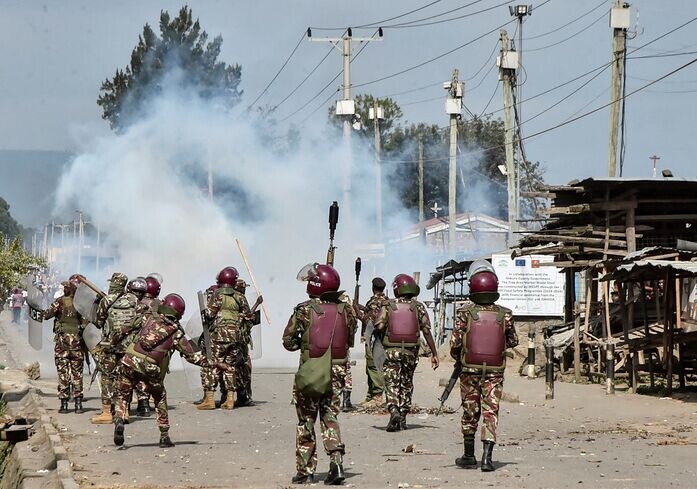On July 7, thousands of Kenyan citizens gathered at Nairobi’s Kamukunji Grounds to commemorate Saba Saba—a day symbolizing the country’s long-standing struggle for democracy. This year’s protest, led predominantly by the youth, turned tragic after police cracked down violently, resulting in the deadliest Saba Saba march since its inception.
The historic day traces its roots to 1990, when a defiant public gathering was held in protest against President Daniel arap Moi’s ban on political assemblies. The protest—led by political stalwarts Kenneth Matiba, Charles Rubia, and Jaramogi Oginga Odinga—called for the removal of the one-party clause embedded in the Constitution. Despite facing tear gas and police batons, the protest succeeded in pushing the government to restore a multi-party system in December 1991. Since then, Saba Saba—Kiswahili for “seven seven”—has become a powerful symbol of courage and democratic resistance.
This year’s protest, however, took a darker turn. Thousands of young Kenyans took to the streets to voice their anger against the controversial Finance Bill, which proposes increased taxes on digital transactions, fuel, and essential goods. The crowd chanted slogans demanding the resignation of President William Ruto, lower fuel prices, affordable education, and urgent action on the maize flour shortage.
Tragically, the protest was met with brutal police suppression. Unmarked vans reportedly deployed officers who launched lethal attacks on protestors. By the end of the day, 31 people were confirmed dead, 107 injured, and 532 arrested—marking the highest casualty count in Saba Saba history.
History of Saba Saba Protest
Over the decades, the Saba Saba protest has evolved beyond political reform. In the 2000s, it highlighted environmental degradation and land rights issues. In 2010, it drew attention to police brutality and corruption. Today, it serves as a platform for a digitally connected generation advocating for economic justice, political transparency, and greater civic freedom.
Kenya’s youth, who make up a significant portion of the population, continue to face harsh economic conditions. Over 25% are unemployed, while inflation and rising costs of basic commodities deepen the crisis. Many see the Finance Bill as yet another blow to already struggling households—a sign, they say, of an out-of-touch and unaccountable government.


